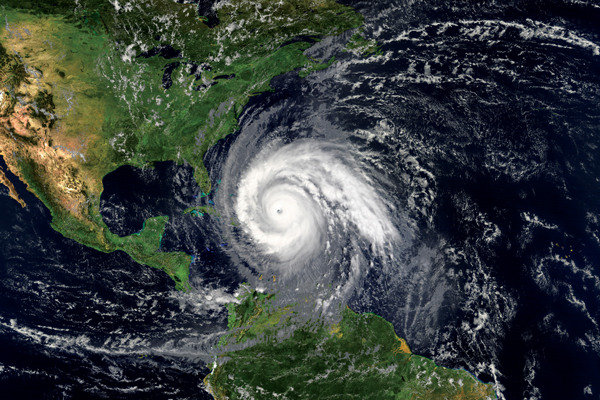Late summer in my family brings a familiar list of “transition” discussions as we roll into the fall. We all reluctantly shift out of “vacation mode,” support the return to high school for the little one, note any business initiatives that launch right after Labor Day … and review Granny’s hurricane shelter.
You probably already talk about some of these things on our list, but you are increasingly likely to talk about the last one.
The Granny Hurricane Shelter discussion is our annual wrestle over what my now 85-year-old mother must do if a hurricane pounds her island in Southwest Florida (by the way, everyone calls my mother “Granny,” and she loves it). When Hurricane Dorian was recently ravaging the Bahamas, we were working on this in real time. It wasn’t our first rodeo. One week after my mother’s move to Florida in August 2004, Hurricane Charley blew right up her driveway but thankfully did very little damage to her home. The rest of the island was not so lucky—my condo nearby was leveled and the impressive canopy of large trees on the main road just disappeared. It was months before power and transportation returned to a new normal. Charley was the strongest storm to hit the area since 1960.
Subsequent years were pretty tame until 2017, when Hurricane Irma forced evacuations—and my mother, then 83, found herself in a shelter. Forecasts of a 15-foot storm surge caught residents by surprise, and the choices for shelter were very limited. The storm lasted only 48 hours, but a stuffy cinder block building with no air conditioning is not ideal for anyone for that long, especially not a senior citizen.
Older folks are especially at risk during storms and other disruptive events. According to one study, 40% of the more than 1,800 deaths attributed to Hurricane Katrina were people over the age of 70. A failed air conditioning system during Irma led to the deaths of 14 residents of a Florida nursing home. These were later ruled homicides and said to be caused by a negligent staff.
Floods during hurricanes sometimes challenge rescue workers to find and safely transport people unable to escape on their own. Even in my town on the Connecticut shoreline we have had three events in the past 10 years that kept power off and access restricted for nearly a week each time.
Pretty much any activity or event involving risk will be more dangerous for both the very young and the very old. Helping protect seniors is even more tricky since many are independent and determined to take care of themselves as they always have. The familiarity of home, even in a life-threatening storm, is not as intimidating as a municipal shelter filled with strangers. Many retirees have also likely moved away from their homes in search of better climates, leaving supportive family members thousands of miles away, a problem that is likely to get worse amid the waves of retiring baby boomers.
Further complicating the planning challenge is the aging itself. What worked for a spry 75-year-old may be impossible for the same person at 80.
As part of any good longevity plan, most clients and their families need dynamic solutions for the risks that grow more serious with age. One of the most common risks for aging clients, of course, is driving a car, yet it’s difficult for a stubborn older driver to give up this last vestige of independence, even though the choice creates risks for others. Florida is among the top five states for pedestrian fatalities and is home to eight of the 10 riskiest cities for pedestrians. Forty-two million people aged 65 or older have driver’s licenses.
Granny’s Hurricane Shelter
October 1, 2019
« Previous Article
| Next Article »
Login in order to post a comment








